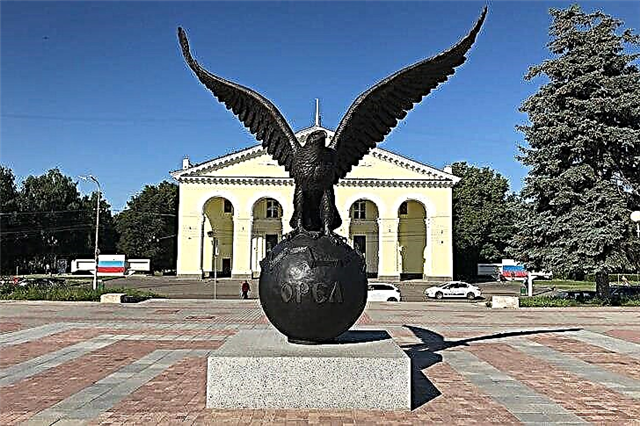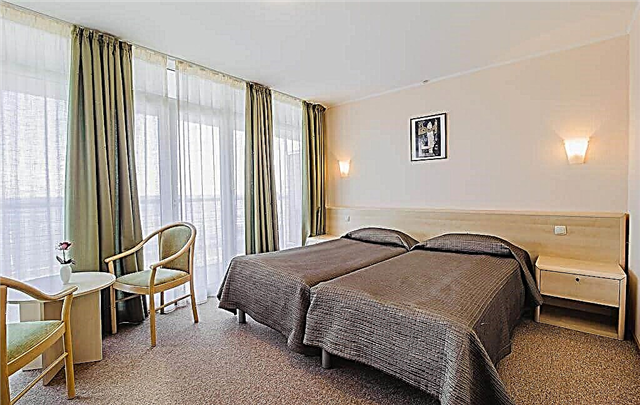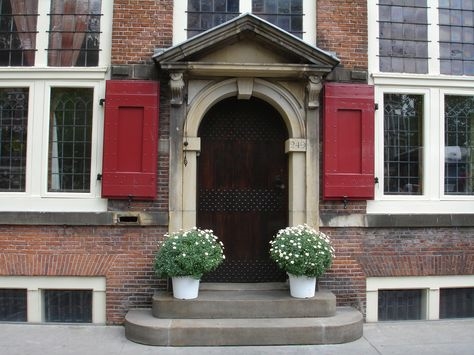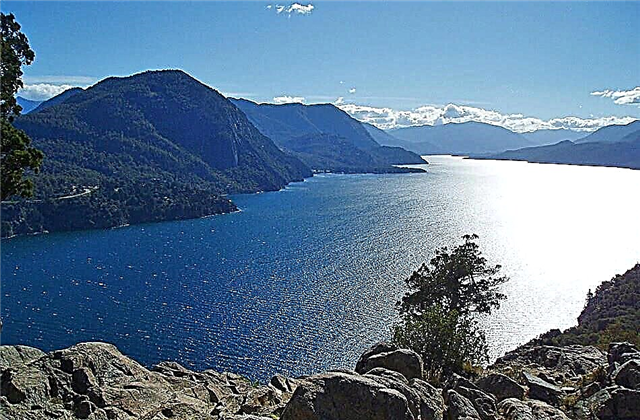Argentina is called the "Lake District" for a reason. Salt reservoirs are located in the north of the country. In the south, there is the main part of fresh water bodies, many of which are reputed to be natural monuments and are under state protection.
Patagonia is an area in the foothills of the Andes, where glacial and downstream lakes of unprecedented beauty are located. Each reservoir is unique in its own way. Thanks to this natural diversity, water tourism is developed in the reservoirs of Argentina. Excursions on motor ships, kayaking, diving and rafting are the basis of the country's tourism sector. The area of the state is almost 2.8 million km². This territory contains a huge amount of water resources, the volume of which could be the envy of many countries of the world.
The most famous lakes in Argentina
Buenos Aires
A frontier lake in the Andes between Chile and Argentina receives the glacial power of the highlands. The area is 1850 km². The maximum depth of the reservoir is 580 meters. Rivers flowing from Buenos Aires carry their waters to the Pacific Ocean. In the west of the reservoir there are many fjords, the rest of the lake parts are located on the plain. There are wonderful marble grottoes on the Chilean side of the freshwater lake.

Mar Chiquita
There is a naturally occurring salt lake in the province of Cordoba. The area is 4 thousand km². The maximum depth here is only 10 meters. The lake is fed by the Rio Dulce river, the water in the river is also salty. The lower reaches of the Mar-Chikita are swampy, densely populated with various animals and birds. There are several islets among the lake waters. The resort Miramar operates on the lake. Some of the buildings in it are abandoned, but connoisseurs of nature still travel to these places every year for wild and water tourism. Patagonian gulls and flamingos nest in the Mar Chiquita area.

Lago Argentino
The freshwater reservoir is located in the province of Santa Cruz. The area is 1415 km². The maximum depth of the reservoir is 500 meters. The lake is part of the Los Glaciares National Park. The type of water supply is considered glacial. Lago Argentino is a great fishing spot. The lake fauna consists of a huge number of fish species. Not far from this place there is a large Argentine airport and the city of El Calafate.

Nahuel Huapi
In northern Patagonia, the name of this lake is translated as "Jaguar Island". The area is 531 km². The maximum water depth can reach 200 meters. A nature reserve with the same name has been opened near the reservoir. Since this lake is surrounded by forests and mountains, the place is considered the center of ski and boating in the country. All tourist centers are located in the city of San Carlos de Bariloche.

Mascardi
The lake is famous for its heart-shaped island, which is located in the center of the reservoir. The area is 39 km². The maximum depth reaches 218 meters. The reservoir is based in the province of Rio Negro. The water area has two arms: Cathedral and Tronador. The volcano Tronador adjoins the reservoir, which is located on the border with Chile. Type of food - glacial, water - fresh. Kayaking and fishing are the most popular tourist destinations on the lake.

San Martin
Another border lake between Argentina and Chile. The area is 1058 km². Located in the Patagonian Andes. The greatest depth is 830 meters. Nearby is the O'Higgins Glacier. The Pasqua River carries these waters to the Pacific Ocean. The reservoir was named in honor of the Argentine freedom fighter. The type of food is glacial. The reservoir has a fresh water composition. Around the lake there is a beautiful landscape of mountains and glaciers.

Viedma
There are many lakes in Patagonia near the border with Chile. Viedma is a glacial reservoir. The area is 1088 km². The Leona River carries lake waters to the Atlantic. Viedma is part of the Los Glaciares Nature Reserve. In the northwest of the reservoir there is Fitzroy Rock, popular among climbers. The shores of the lake look brown and deserted due to the constant flushing of glacial water. The lake views are reminiscent of futuristic paintings.

Fagnano
The largest body of water in Tierra del Fuego. The area is 590 km². The fjord is over 200 meters deep. Here is the source of the Asopardo River. The reservoir of tectonic origin is mostly located on Argentine territory. The area around Fagnano is hilly, the lake's waters are fresh, food is of the glacial type. Tourism on Fagnano is poorly developed.

Traful
The picturesque body of water belongs to the Nahuel Huapi Natural Park. Area - 70 km². The river of the same name flows out of the reservoir. The uniqueness of Traful is that cypresses grow at its bottom, reaching 35 meters in their lifetime. Cypress trees grow in the water thanks to the earthquake. The bank slope broke off along with the trees, they took root in the reservoir. Today it is one of the most photographed places on the planet. Diving and water excursions are organized here.

Lacar
In the province of Neuquen, there is a lake in the Andes. The area is 55 km². The maximum depth is 277 meters. The river Waum flows out of these waters. On the west bank of the Lacar, the town of San Martin de Los Andes grew up. The lake feeds on glacial waters. Has fresh water in the composition. Lakar is surrounded by mountains and forest, rich in fish and water attractions.

Gutierrez (Lago Gutierrez)
The lake is located in the province of Rio Negro. It is of glacial origin. The area is 770 km². The town of San Carlos de Bariloche is based nearby. Named after the explorer of these territories. Fishing on the lake is attractive due to the fact that rainbow trout are found there. Dominican gulls and cormorants also come to the reservoir to feed their chicks. Several villages are scattered around the lake, where there are tourist and information centers.

Colue Huapi
The reservoir is worth looking for in the Chubut province. The area is 735 km². The maximum depth is about 5 meters. The pit of the reservoir has a tectonic origin. The Rio Chico River flows out of the reservoir. The coastal line of the reservoir is represented by the steppe. The climate of the area is arid, during the dry season, Colue Huapi dries up significantly. Nutria and swans are considered lake attractions. There is an archaeological find on a hill next to the lake: ancient drawings on a piece of rock.

Liancanelo (Laguna de Llancanelo)
In the province of Mendoza, there is a lagoon taking its food from the Andes. Area - 650 km². The waters of the lake are located in the territory of the national park, where black swans, herons and flamingos are found. The Ramsar Convention is organized annually at the lake resort. Some parts of the reservoir are significantly swampy. The nearest town to the lagoon is Malargue.

Cardiel Pueirredon
A glacial body of water in the Andes on the border of Chile with Argentine lands. The area is 270 km². The Baker River begins from the reservoir. They say that fishing on the lake is amazing, there is a huge variety of river and lake freshwater fish. Baker brings the waters of the lake to the Pacific Ocean. The area around the lake surface is hilly, the hills are covered with mixed forests.

Steffen (Lago Steffen)
The reservoir is based in the province of Rio Negro. The area is about 240 km². The area has a Mediterranean climate and is sparsely populated. Steffen is surrounded by mixed forest. Due to its beauty and transport accessibility, the reservoir is very popular with fishermen and tourists.

Moosters
The reservoir is located in the Chubut province. The area is 420 km². The water formation is of tectonic origin. The reservoir provides water for the city of Comodoro-Rivadavia. On the banks of the Musters, archaeologists have discovered traces of the sites of ancient people. The maximum formation depth is 35 meters. In the northwest of the reservoir there is a large and beautiful bay. The coastal area is densely populated. The economy of these places is based on tourism and outdoor activities.

Laguna de los Tres
The alpine lake is fed by neighboring glaciers.Fitzroy Peak is located not far from it. Fresh water surface is located in Los Glaciares Park. A hiking route to the mountains has been laid before it. The lake rises 1200 meters above sea level. If the lagoon can be reached on foot, after it the ascent is possible only for climbers.

Huechulafquen Lake
The glacial reservoir in the Andes is open to visitors to Lanin National Park. The area is 104 km². The maximum depth here is 255 meters. The name translates as "Big Lake". The reservoir is located in the province of Neuquen. It has a glacier and rain type of food, fresh water. The lake rises above sea level at an altitude of 877 meters.
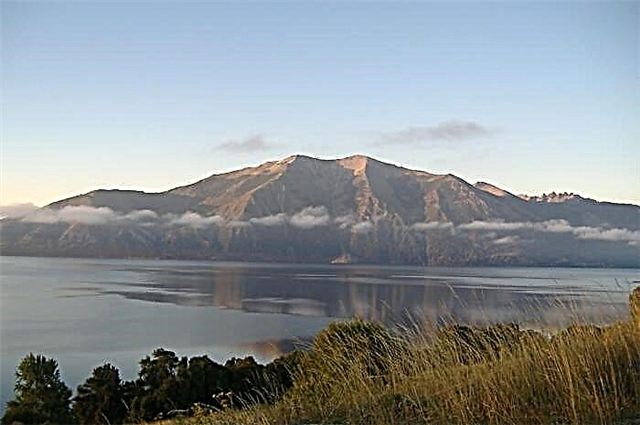
Alumine
Another glacial formation is located in the province of Neuquen. It feeds on the waters of Lake Mokeue. The area is 57 km². The maximum depth is 165 meters. The reservoir is located at the foot of the volcano. Belongs to the Rio Negro river basin. In the northwest of the lake, there are many small villages that specialize in tourism. The surrounding forests are very beautiful and full of animals. In addition to water activities, hunting is widespread on the banks of the Alumine. To get to know this territory, you can book a tour here.

Epuyen
The reservoir is located in the Chubut province. The area is 506 km². The maximum depth is 178 meters. The river of the same name flows out of the lake. The composition of the water is fresh. The waters of the lake are carried by rivers to the Pacific Ocean. The city of Epuyenne is located near the surface of the lake. Salmon is found in the waters of this reservoir. The tourism sector is quite well developed here, excursions and fishing are organized.
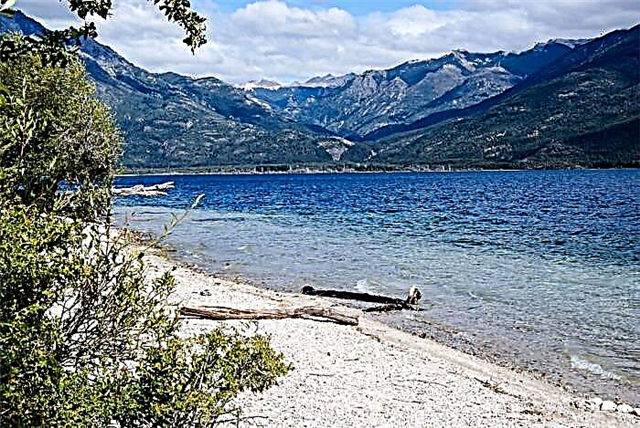
Belgrano Lake
The reservoir is located in the province of Santa Cruz. The area is 44 km². A natural peninsula juts out into the lake, which is connected to the coastline by a thin isthmus. The lake receives the glacial type of food from the Andean glaciers. A small runoff connects Belgrano with the Osaro reservoir. This area is under the jurisdiction of the Perito Moreno Nature Reserve. Notofagus forests prevail around the lake surface. The fauna of the reservoir consists of fish and American mink.

Moreno
Moreno's area is approximately 1640 hectares. The reservoir is located in the province of Rio Negro. The lake surface is surrounded by low hills. The relief of this territory divides the reservoir into upper and lower parts. A bridge with a road runs along a natural separation. Cypress and pine forests grow near Moreno.

Escondido
The lake occupies the foot of Mount Garibaldi. The picturesque area around the reservoir attracts the attention of tourists from all over Argentina. The lake surface becomes visible at around 430 meters above sea level. Not far from Escondido there are waterfalls, mountain ranges and other lakes.

Melikina
The reservoir is located in the province of Neuquen. The area is 9 km². The lake of glacial origin is freshwater. Natural education is part of the Lanin nature reserve. The northern shore of the reservoir is privately owned. In the east of the reservoir is the village of the same name. A road called "Seven Lakes" leads to the beauty of the lake through the park.

Laguna Susia
The lagoon is located in the province of Santa Cruz. There are magnificent meadows with herbs not far from the lake. The lagoon rises 97 meters above sea level. Due to the cold steppe climate, the lands around the lake have almost no settlements. The lagoon is 1900 km away from the capital of Argentina. The coastline of the lagoon is quite indented by natural fjords. The southern part of the lagoon is visited by tourists.


